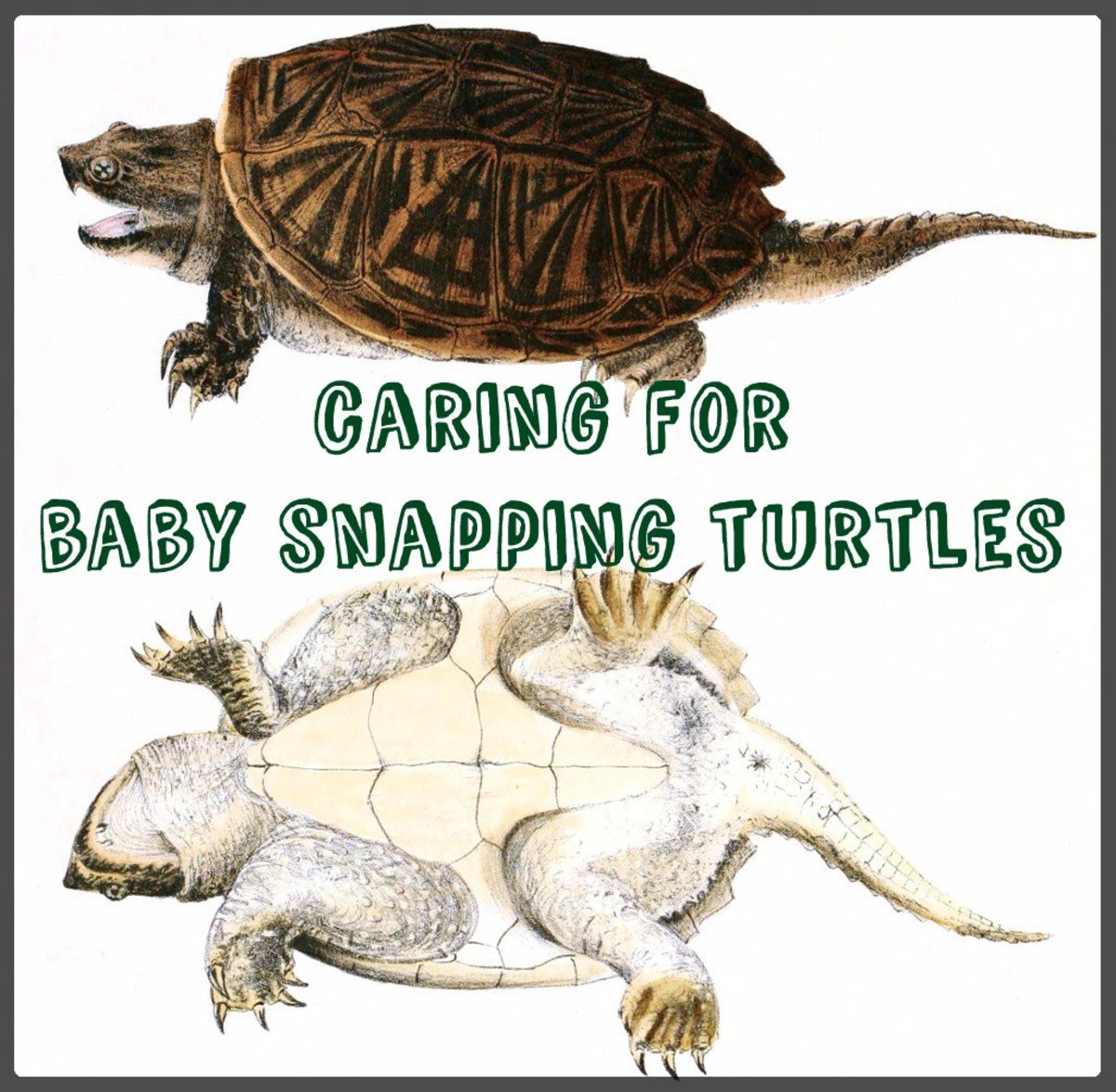Are you a turtle owner and want to make sure you’re feeding your shelled friend the right way? Well, look no further because today we’re going to talk about the dos and don’ts of feeding turtles! Feeding turtles may seem like a simple task, but there are certain things you should keep in mind to ensure their health and well-being.
First off, it’s important to provide a balanced and varied diet for your turtle. Just like us, turtles need a mix of different nutrients to stay healthy. Commercial turtle pellets are a good base for their diet as they are specifically formulated to meet their nutritional needs. However, relying solely on pellets can lead to a lack of variety in their diet. Consider supplementing their pellets with fresh vegetables and even some live insects. This will not only provide them with a wider range of nutrients but also keep their meals interesting.
Another important thing to remember is to avoid overfeeding your turtle. It can be tempting to give them a little extra every now and then, but turtles have a slower metabolism than us and can easily become overweight. Overfeeding can lead to a host of health issues, such as shell pyramiding and fatty liver disease. So, it’s best to stick to a feeding schedule and provide them with appropriate portion sizes. Don’t worry, we’ll give you more detailed dos and don’ts in the upcoming article to help you become a turtle feeding pro! Feeding turtles properly is crucial for their overall health and well-being. As a turtle owner, it’s your responsibility to understand their dietary needs and provide a balanced diet that promotes healthy growth, enhances shell and bone development, and boosts their immune system. However, it’s important to note that different turtle species may have specific dietary requirements. In this article, we will discuss the best practices for feeding turtles, including dos and don’ts, to ensure optimal nutrition and a strong relationship with your pet.

Choosing the Right Food
Understanding a Turtle’s Dietary Needs
Before diving into the specifics of feeding turtles, it’s important to understand their dietary needs. Turtles are omnivores, meaning they require a combination of both animal-based and plant-based foods to thrive. Their diet should consist of a variety of protein-rich foods, such as insects, worms, fish, and lean meats, as well as leafy greens, vegetables, and fruits. Understanding the balance between these food groups is crucial for their overall health.
Selecting a Balanced Diet
When selecting a balanced diet for your turtle, it’s essential to provide a variety of foods to ensure they receive all the necessary nutrients. Aim for a diet that consists of approximately 50-70% vegetables and leafy greens, 20-40% protein-rich foods, and 10% fruits. Some suitable vegetables and greens include kale, collard greens, dandelion greens, and mustard greens. For proteins, consider options like live or frozen insects, feeder fish, earthworms, and cooked chicken or turkey. Fruits like berries, melons, and apples can be offered in moderation as a treat.
Avoiding Toxic Foods
While it’s important to provide a diverse diet for your turtle, there are certain foods that should be avoided as they can be toxic or harmful to them. Avoid feeding turtles foods such as chocolate, caffeine, dairy products, raw meat, processed foods, and highly sugary or salty snacks. These can lead to digestive issues, organ damage, or even death. It’s essential to research and be aware of the specific toxic foods for your turtle’s species to ensure their safety.
Feeding Schedule and Portion Control
Establishing a Consistent Feeding Schedule
Establishing a consistent feeding schedule is vital for turtles as it helps regulate their digestion and prevents overfeeding. Most adult turtles should be fed every two to three days, while juvenile turtles may require daily feedings. It’s important to monitor your turtle’s weight and adjust the feeding schedule accordingly. A routine feeding schedule not only keeps your turtle healthy but also helps establish a bond of trust and familiarity between you and your pet.
Controlling Portion Sizes
Portion control is another crucial aspect of feeding turtles. Overfeeding can lead to obesity, which can cause various health problems for your turtle. It’s important to provide an amount of food that can be consumed within a few minutes. A good rule of thumb is to offer an amount of food that is roughly the size of your turtle’s head. If your turtle is not finishing its food within the allotted time, adjust the portion size accordingly to prevent waste.
Avoid Overfeeding
Overfeeding is a common mistake among turtle owners, as it’s easy to misinterpret their begging behavior as hunger. However, turtles have a slower metabolism compared to mammals and can easily become overweight if fed excessively. Overfeeding can lead to shell deformities, organ failure, and a reduced lifespan. It’s important to resist the temptation to feed your turtle too much and stick to a consistent feeding schedule to maintain their optimal health.
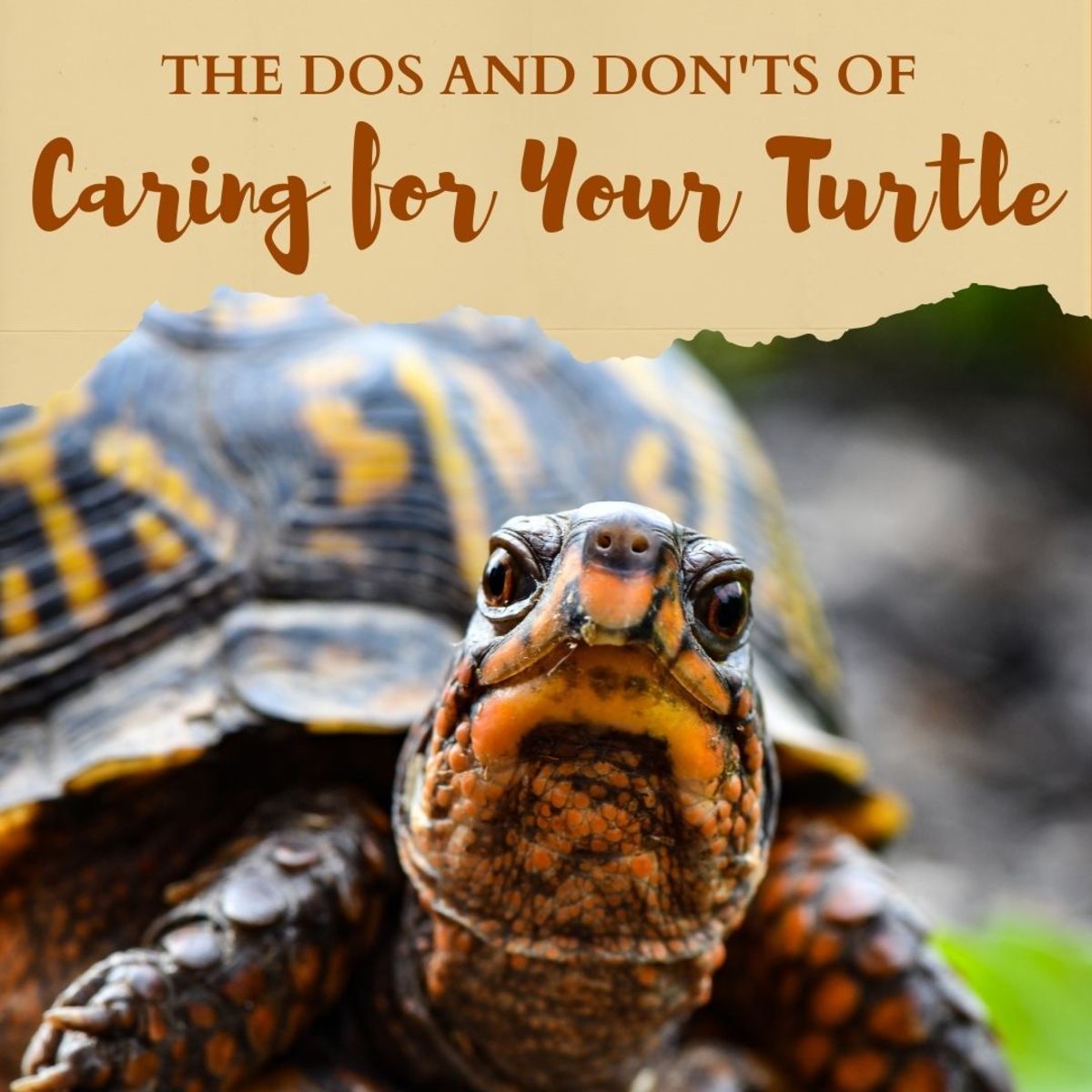
The Importance of Proper Nutrition
Promoting Healthy Growth
Proper nutrition is essential for healthy growth in turtles. Feeding them a balanced diet rich in nutrients ensures that they receive the necessary vitamins, minerals, and proteins needed for their development. Juvenile turtles, in particular, require a high-protein diet to support their rapid growth. Providing the right nutrients in their early stages of life sets a strong foundation for their overall health and longevity.
Enhancing Shell and Bone Development
A well-balanced diet plays a crucial role in shell and bone development in turtles. Calcium and phosphorus are essential minerals for their skeletal health, especially for their shells. Insufficient calcium can lead to soft shell or shell deformities, while an imbalance of calcium and phosphorus can affect bone density, causing weak bones. Including calcium-rich foods like calcium supplements, leafy greens, and cuttlebones in their diet ensures healthy shell and bone development.
Boosting Immune System
Proper nutrition is vital for maintaining a strong immune system in turtles. A well-fed turtle is more resistant to infections and diseases. By providing them with a nutrient-rich diet, you’re enabling their immune system to function optimally and protect them from potential health issues. Foods rich in antioxidants, such as dark leafy greens and brightly colored fruits and vegetables, help strengthen their immune system and promote overall well-being.
Proper Feeding Techniques
Hand-Feeding vs. Self-Feeding
Deciding whether to hand-feed or allow your turtle to self-feed depends on their individual behavior and needs. Some turtles may prefer being hand-fed, enabling you to monitor their food intake and ensure they eat a balanced diet. Hand-feeding also provides an opportunity for interaction and bonding with your turtle. On the other hand, allowing turtles to self-feed can stimulate their natural foraging behavior, providing mental stimulation and exercise. It’s important to observe your turtle’s behavior and adjust the feeding technique accordingly.
Using Appropriate Feeding Tools
Using appropriate feeding tools is essential to prevent cross-contamination and ensure your turtle’s safety. Avoid using your hands directly to feed them, as it may transfer harmful bacteria or oils. Instead, use feeding tongs or tweezers to handle the food and place it in their feeding area. This minimizes the risk of injuries from accidental bites and keeps your hands clean. Clean the feeding tools thoroughly after each use to maintain proper hygiene.
Monitoring Feeding Behavior
Monitoring your turtle’s feeding behavior is crucial to ensure they are eating properly and to detect any changes in appetite or behavior. If your turtle suddenly refuses to eat or exhibits signs of decreased appetite, it may be an indication of an underlying health issue. Additionally, monitoring their feeding behavior allows you to track the amount of food they consume, ensuring they are not under or overfed. Regular observation helps you identify any potential problems early on and seek professional advice if needed.
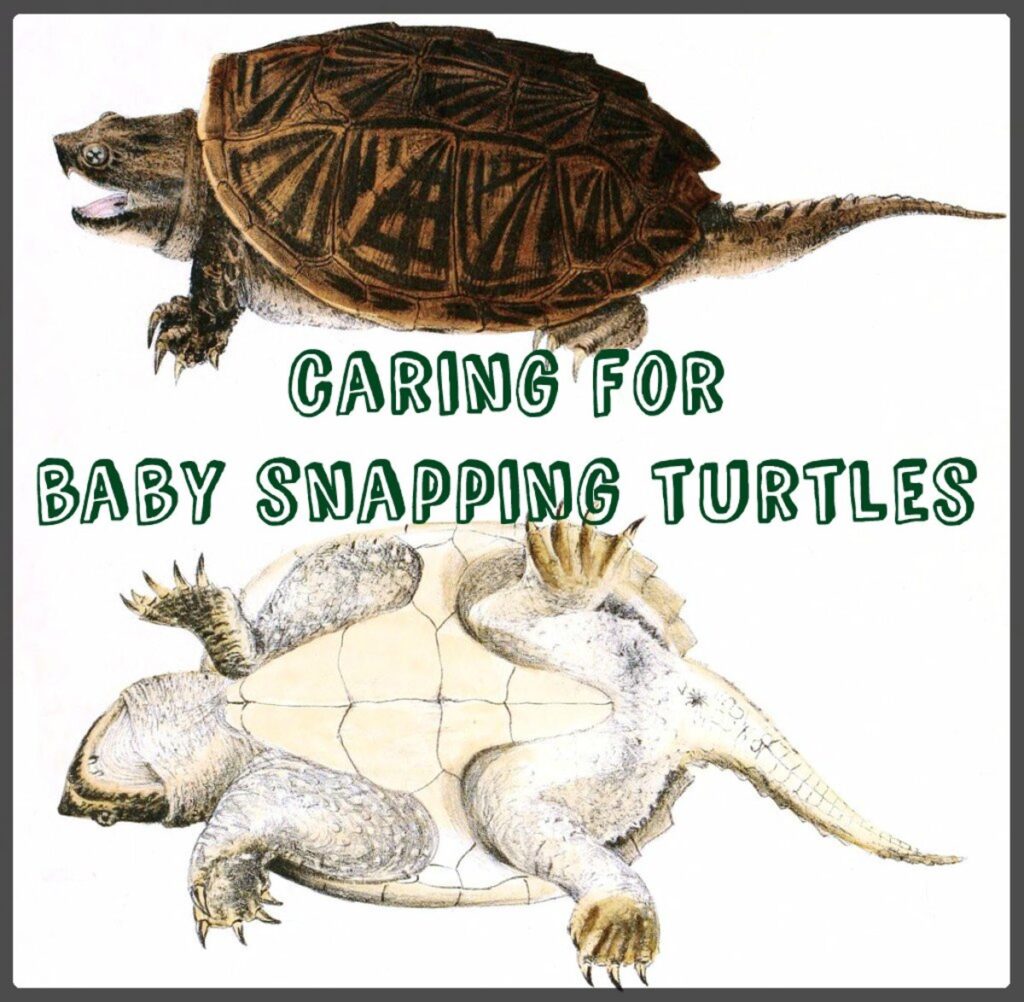
Avoiding Common Mistakes
Feeding Inedible Items
One common mistake in turtle feeding is offering them inedible items as a source of enrichment or entertainment. Turtles may be curious and attempt to eat items like rocks, plastic, or decorative objects, which can pose a serious risk to their health. Ingesting these foreign objects can lead to intestinal blockages or injuries. Always provide safe and suitable enrichment items like turtle-safe plants, PVC pipes, or natural substrates for them to explore and interact with.
Providing the Wrong Foods
Providing the wrong foods to your turtle can lead to nutritional deficiencies or even toxicity. It’s essential to research the specific dietary requirements for your turtle’s species and provide foods that align with their needs. Avoid using commercial turtle foods as the sole source of nutrition, as they can be heavily processed and lack the essential nutrients found in fresh foods. Always prioritize fresh, natural foods over processed alternatives.
Neglecting Variety in Diet
Turtles, like humans, enjoy variety in their diet. It’s important to offer a diverse range of foods to provide different tastes, textures, and nutrients. Feeding them the same food day after day can lead to boredom, decreased appetite, and nutritional deficiencies. Introduce new foods gradually and observe how your turtle reacts to them. By incorporating different foods into their diet, you’re not only ensuring they receive a balanced nutrition but also keeping mealtime interesting for them.
Supplementing with Vitamins and Minerals
Understanding Nutritional Supplements
In some cases, turtles may require additional vitamins and minerals to meet their nutritional needs. Nutritional supplements come in the form of powders or liquid supplements and can provide essential nutrients like calcium, vitamin D3, and multivitamins. However, it’s crucial to consult a veterinarian or reptile expert before introducing supplements to your turtle’s diet. Excessive supplementation can be harmful, and the dosage should be tailored to your turtle’s specific needs.
Administering Supplements Correctly
When administering nutritional supplements to your turtle, it’s important to follow the recommended dosage and administration guidelines. Some supplements may need to be sprinkled on their food, while others may need to be administered orally. You can either mix the supplement with their food or offer it separately in a small dish. Ensure your turtle consumes the entire dose and monitor their reaction to the supplement. If any adverse effects occur, consult a veterinarian immediately.
Consulting a Veterinarian for Guidance
While general guidelines for feeding turtles can be helpful, it’s best to consult a veterinarian for personalized advice regarding your turtle’s specific needs. A veterinarian with expertise in reptiles can provide detailed insights into the nutritional needs of your turtle’s species, take into account any underlying health conditions, and recommend the appropriate diet and supplements. Regular check-ups are also essential to monitor your turtle’s overall health and well-being.
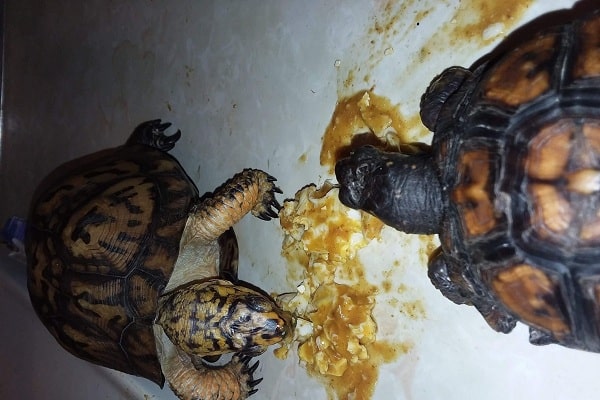
Feeding Turtles According to Their Species
Researching Specific Species’ Dietary Requirements
To ensure you meet the dietary needs of your turtle, it’s important to research and understand the specific dietary requirements of their species. Different turtle species have different preferences and nutritional needs. For example, herbivorous turtles will require a diet rich in leafy greens and vegetables, whereas carnivorous turtles will need a diet composed mainly of protein-rich foods. Take the time to educate yourself about your turtle’s species and provide the appropriate diet accordingly.
Modifying Diet for Hatchlings and Juveniles
Hatchlings and juvenile turtles have different nutritional requirements compared to adult turtles. They need a diet that supports their rapid growth and development. Hatchlings often require a diet that is higher in protein to accommodate their growth needs. They may also benefit from additional calcium supplementation to ensure proper shell development. It’s important to research specific dietary guidelines for hatchlings and juveniles and modify their diet as they grow.
Tailoring Food for Adult Turtles
Adult turtles have different nutritional needs compared to juveniles. Their diet should consist of the appropriate balance of vegetables, protein, and fruits. Some adult turtles may require a higher percentage of plant-based foods, while others may need a higher percentage of protein. Factors such as species, activity level, and reproductive stage can also influence their nutritional requirements. It’s important to monitor your adult turtle’s weight and adjust their diet accordingly to maintain their optimal health.
Maintaining Proper Hydration
Providing Fresh Water at All Times
Maintaining proper hydration is crucial for turtles’ well-being. Fresh and clean water should be provided at all times in a shallow dish or a water area within their enclosure. The water should be deep enough for them to submerge their bodies and drink from, but not so deep that they struggle to reach the surface. For aquatic turtles, a large enough water area should be provided for swimming and proper hydration.
Monitoring Water Quality
Regularly monitoring the water quality is essential to ensure your turtle stays healthy. Turtles produce waste that can quickly contaminate the water. Monitor the water parameters for temperature, pH levels, ammonia, nitrite, and nitrate levels to maintain a suitable environment. Regular water changes and filtration are necessary to keep the water clean and free from harmful bacteria. Water that is not clean can lead to health issues for your turtle, such as shell rot or respiratory problems.
Hydrating Semi-Aquatic Turtles
Semi-aquatic turtles, like many box turtles, require access to both land and water areas within their enclosure. It’s important to provide a shallow water dish for them to drink from and soak in. Additionally, misting their enclosure with water can help maintain the necessary humidity levels for their overall health. Semi-aquatic turtles may also benefit from having a moist hiding area to prevent dehydration. Paying attention to their specific needs and providing adequate hydration is crucial for their well-being.
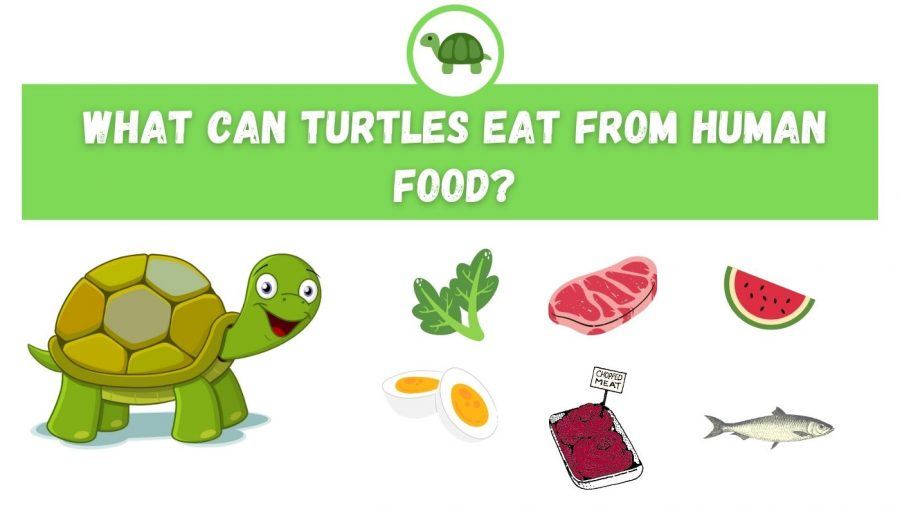
Monitoring Weight and Growth
Regular Weighing
Regularly weighing your turtle is an effective method to monitor their weight and growth. Weighing them once a month or every few weeks provides insights into their overall health and helps identify any potential issues. Weight loss or sudden weight gain can be indicators of underlying health problems or improper nutrition. Monitoring their weight allows you to make adjustments to their diet and feeding schedule accordingly.
Noticing Signs of Malnutrition or Obesity
Malnutrition and obesity are common health issues in pet turtles. Signs of malnutrition include slow growth, soft or deformed shell, reduced appetite, weakness, and overall poor condition. On the other hand, obesity can be identified by excessive weight gain and difficulty moving. It’s important to regularly observe your turtle’s physical appearance and behavior to detect any signs of malnutrition or obesity. Adjusting their diet and feeding habits promptly can help prevent further complications.
Adjusting Diet Accordingly
Based on your turtle’s weight and growth monitoring, it may be necessary to adjust their diet accordingly. If your turtle is underweight or not growing adequately, you may need to increase the portion sizes or include more protein-rich foods in their diet. Conversely, if your turtle is overweight or showing signs of obesity, you may need to reduce the portion sizes or decrease the frequency of feeding. Consulting with a veterinarian can provide valuable guidance on adjusting your turtle’s diet for optimal health.
Feeding Turtles in Groups
Considering Group Dynamics
Feeding turtles in groups can be challenging as some individuals may display dominant behaviors during feeding time. It’s crucial to consider the group dynamics and ensure fair access to food for all turtles. Use feeding dishes or separate feeding areas to minimize aggression or competition over food. Monitoring their behavior during feeding can help identify any issues and make adjustments to ensure each turtle receives an adequate amount of food.
Preventing Aggression During Feeding
Aggression during feeding can be common, especially when turtles are housed together or when resources are limited. To prevent aggression, ensure that each turtle has its own designated feeding area or dish. This allows them to eat peacefully without feeling threatened by other turtles. Providing a sufficient amount of food to minimize competition can also help reduce aggression during feeding time.
Ensuring Fair Access to Food
Each turtle should have fair access to food during feeding time. Ideally, provide multiple food dishes or feeding areas to prevent one dominant turtle from monopolizing the food. Observe their feeding behavior and ensure that each turtle has the opportunity to eat without being constantly interrupted or chased away. If necessary, separate turtles during feeding to ensure fair access to food and prevent any potential conflicts.
Recognizing Behavioral Changes and Indicators of Hunger
Understanding Normal Turtle Behavior
Understanding your turtle’s normal behavior is essential for recognizing any changes or abnormalities. Turtles may have specific behaviors during feeding, such as becoming more active, searching for food, or displaying excited movements. Familiarize yourself with their typical behavior patterns, such as swimming, basking, or exploring their enclosure. This knowledge will allow you to notice any deviations and potential signs of hunger or health issues.
Observing Signs of Hunger
Observing signs of hunger is crucial to ensure your turtle is receiving enough food. Turtles may exhibit signs of hunger by actively searching for food, following your movements around their enclosure, or displaying increased interest in their feeding area. They may also beg for food by approaching you or tapping on the enclosure glass. By being attentive to these signs, you can provide the appropriate amount of food and prevent underfeeding.
Addressing Behavioral Changes
If you notice any significant changes in your turtle’s behavior, appetite, or activity levels, it’s important to address them promptly. Sudden loss of appetite, lethargy, aggression, or abnormal behavior may indicate an underlying health issue. Monitor your turtle closely and consult with a veterinarian if any concerning changes persist. Early intervention can prevent complications and ensure your turtle’s well-being.
Protecting Natural Environment While Feeding
Minimizing Food Waste
Minimizing food waste is not only important for the environment but also for the health of your turtle. Uneaten food can quickly spoil and contaminate the enclosure, leading to bacterial growth and hygiene issues. To minimize food waste, offer small portions that can be consumed within a few minutes. If your turtle doesn’t finish the food, remove the leftovers promptly to maintain a clean and healthy environment.
Preventing Contamination of Habitats
Contamination of the turtle’s habitat can occur through improper feeding practices. Avoid feeding turtles directly on their substrate, as it can lead to substrate ingestion and digestive issues. Instead, use feeding dishes or designated feeding areas to prevent food from coming into contact with the enclosure’s substrate. This helps maintain a clean and hygienic habitat for your turtle.
Responsible Feeding Practices in the Wild
If you feed turtles in the wild, it’s important to practice responsible feeding. When offering food to wild turtles, choose natural food sources that are native to their environment, such as insects or local vegetation. Avoid leaving behind any non-biodegradable materials or litter, as these can harm the ecosystem and wildlife. Feeding turtles in their natural environment should be done sparingly, with minimal impact on their natural feeding behaviors.
Seeking Professional Advice
Consulting a Herpetologist or Reptile Expert
When in doubt about your turtle’s dietary needs or facing specific challenges, it’s always advisable to seek professional advice. Consult a herpetologist or reptile expert who specializes in turtles. They can provide valuable insights into your turtle’s species-specific dietary requirements, offer guidance on feeding techniques, and address any concerns or issues you may have. Their expertise will help ensure the best care for your turtle.
Visiting a Veterinarian for Regular Check-ups
Regular veterinary check-ups are essential to monitor your turtle’s overall health and well-being. A veterinarian experienced in reptile care can perform thorough examinations, check for any signs of illness or nutritional deficiencies, conduct fecal examinations, and offer personalized advice on your turtle’s diet. Regular check-ups help detect any potential health issues early on and allow for timely intervention.
Joining Reptile Enthusiast Communities
Joining reptile enthusiast communities or online forums can provide valuable support and insights from experienced turtle owners. Engaging with fellow turtle enthusiasts can help you learn from their experiences, exchange information, and seek advice on feeding practices, enclosure setups, and general turtle care. Building connections within these communities can further enhance your knowledge and help you better care for your turtle.
Conclusion
Feeding turtles is a critical aspect of their care that requires attention to detail and understanding of their dietary needs. By following the best practices outlined in this article, including choosing the right food, establishing a feeding schedule, providing proper nutrition, and monitoring their weight and behavior, you can ensure optimal health and well-being for your turtle. Remember to consult professionals, stay informed about your turtle’s species-specific requirements, and nurture a strong and trusting relationship with your pet. With proper care and feeding, you can enjoy a long and rewarding journey with your beloved turtle.
